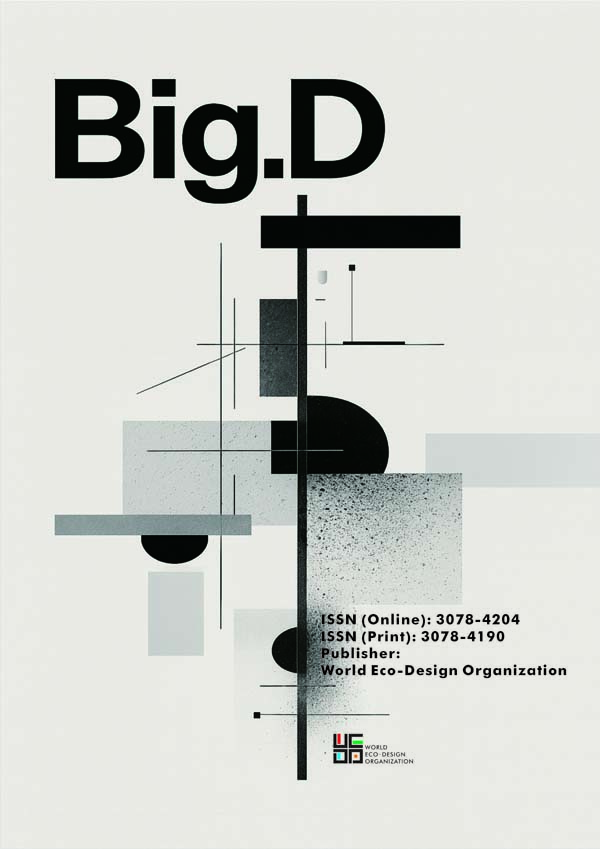Design Thinking and Methodologies for the Transformation Between Material and Immaterial Products
Abstract
The design transition between material and immaterial products has emerged as a critical research focus under the backdrop of digitalization and sustainable development. Grounded in design thinking theory, this paper proposes a three-phase theoretical framework: Frame Taking, Frame Merging, and Frame Giving, systematically exploring the pathways and methodologies for integrating material and immaterial product designs. By incorporating user behavior data, Life Cycle Assessment (LCA), and dynamic optimization mechanisms, this research establishes a design model that balances user needs, technological integration, and environmental sustainability. Case studies involving virtual reality devices and smart home systems validate the applicability and effectiveness of the framework, while also extending the potential of design thinking across various industries. This study not only addresses theoretical gaps in the field of design but also provides practitioners with practical tools and strategies to tackle future design challenges.






